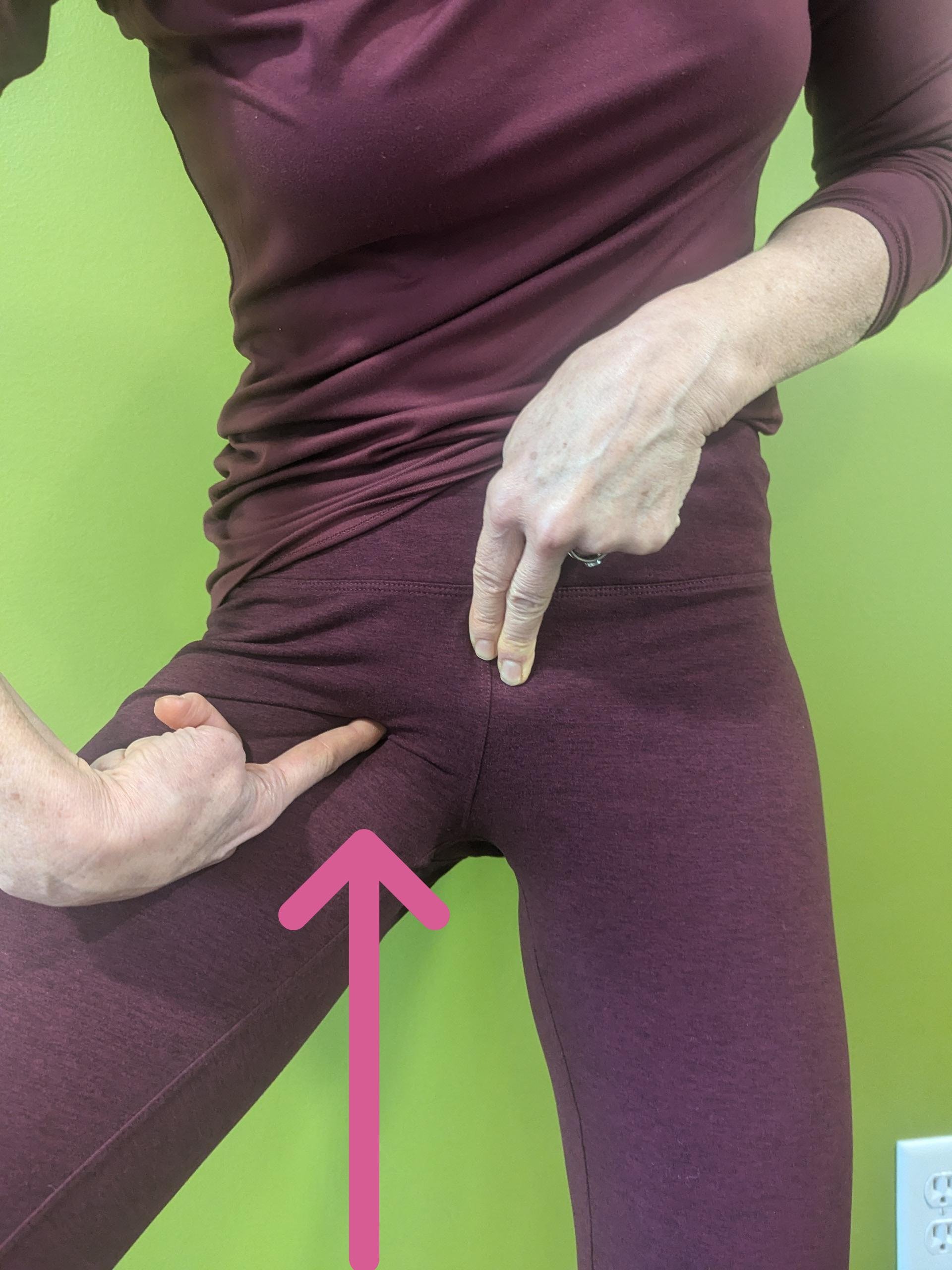I always have great intentions to put myself a calendar reminder when it's time to replace my work shoes, and inevitably the reminder flashes and goes in the midst of a busy storm and is forgotten. Until my footsies starts barking up about new shoes, a reminder that is harder to ignore.
This most recent swapping of the footwear was an opportunity to think a little more intentionally about optimal footwear that is truly designed for the human foot. It's the subject of millions of blogs and discussion posts, and quite a bit of research too. But in the end, there is still not a great consensus and still several opposing camps when it comes to supportive versus minimalist shoes for example. The purpose of this discussion is not to weigh in on this debate, which I think needs to be nuanced and little more individualized based on the terrain you walk on,existing foot stability and injuries However one area that is pretty universally agreed upon is the fact that the shape of the toebox needs to be matching the shape of the forefoot, which in most people is going to be quite a bit wider than the heel.
During 1 of my recent tango dancing trip out of state, I was surprised to see how many female dancers had switched from the traditionally extremely aesthetically pleasing high heel ritzy shoes to very plain looking flats with an anatomically correct wide toebox. It was a little odd to see the combination of the elegant silk dresses with the type of shoe you more traditionally associate with a long dog walk on a trail, but in the end, that new trend is here to stay and none of the dancers I talked to are ever going back. Nor should they. From a biomechanical and functional standpoint, the ability of the front of your foot to have adequate space for every joint of your metatarsals and toes to properly articulate during the gait cycle is a total no-brainer. It allows normal kinetic chain muscular activation in the lower extremity all the way to the trunk, something that should be remembered in cases of chronic lower back and hip discomfort during walking. There is even evidence based on pediatric studies that wide toebox shoes result in better concentration and cognitive processing in children. Probably the reason why many children with no divergence tend to instinctively go barefoot the majority of the time.
The photo attached shows on one side more traditional shoe and a wide toebox with my barefoot in between (. I should have remembered to get a pedicure before the photo..). My foot is not much different than the average foot and you can clearly say how much wider my toes are than the shape of the shoe on the right side, almost identically matching the shape of the shoe on the left. Going forward, I am slowly replacing all of the shoes in which I spend any meaningful amount of time with something that looks more anatomic correct at the front, and I invite you to do the same. The number of shoe vendors who are starting to redesign the shoes accordingly is increasing, with a greater variety of styles available. It is taking all of us a little bit to get used to the new look of our shoes, but about 100 years ago, the world suddenly got used to seeing women with normal size waists after most of them exited their corsets, and the world has been a better place for all of us as a result. So let your toes shed their "corset" and enjoy some much deserved freedom.











